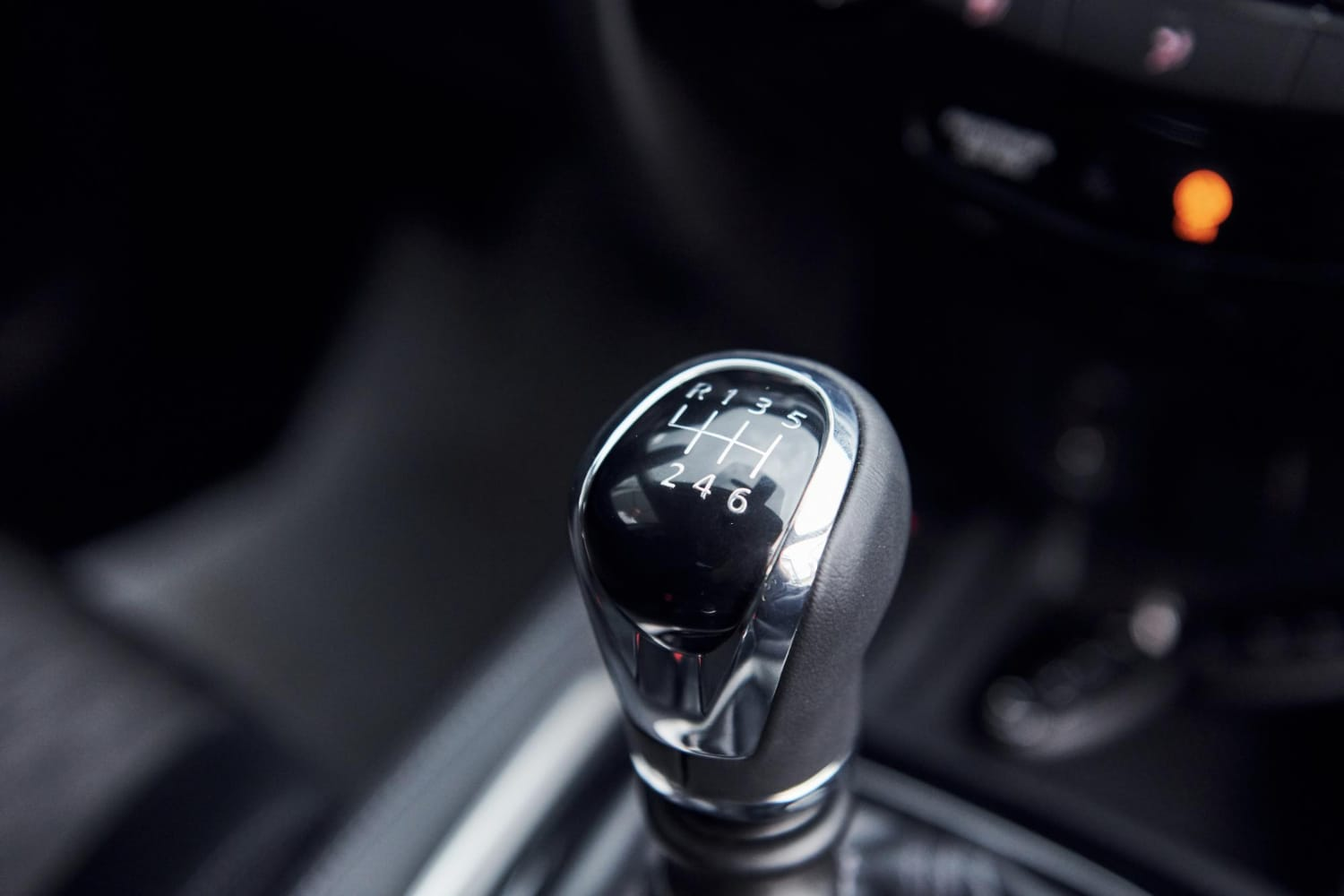
Continuously Variable Transmissions (CVTs) have emerged as a modern alternative to traditional automatic and manual transmissions, offering distinct advantages in terms of efficiency, smoothness, and driving comfort. Unlike conventional transmissions that use fixed gear ratios, CVTs employ a belt or chain-driven system to seamlessly vary the transmission ratio, optimizing engine performance across a wide range of driving conditions. This article explores the mechanics behind CVTs, their benefits, and why they have become increasingly popular in today’s automotive landscape.

At the heart of a CVT is a pulley system consisting of two variable-width pulleys connected by a steel belt or chain. One pulley is connected to the engine’s crankshaft, while the other drives the wheels. By adjusting the diameters of these pulleys dynamically, the CVT continuously adjusts the gear ratio to match the engine’s speed and load requirements. This variability allows the engine to operate at its most efficient RPM range under all driving conditions, maximizing fuel efficiency and reducing emissions.
One of the primary advantages of CVTs is their smooth and linear power delivery. Unlike traditional transmissions that shift gears, causing noticeable interruptions in power delivery, CVTs offer seamless acceleration without the jolts or shifts associated with gear changes. This results in a smoother and more comfortable driving experience, particularly in stop-and-go traffic and urban environments where frequent acceleration and deceleration occur.
CVTs are also known for their efficiency. By continuously optimizing the engine’s operating speed, CVTs can improve fuel economy compared to conventional automatic transmissions. This is especially beneficial in city driving conditions, where frequent speed changes require the engine to operate efficiently across a wide range of RPMs. The ability to keep the engine within its optimal power band reduces fuel consumption and enhances overall vehicle efficiency.
Additionally, CVTs contribute to reduced noise levels and engine wear. Because they operate without discrete gear changes, CVTs produce less noise and vibration during acceleration, contributing to a quieter cabin environment. The smooth operation also minimizes mechanical stress on engine components, potentially extending the lifespan of the transmission and reducing maintenance costs over time.

CVTs are versatile and can be found in a wide range of vehicles, from compact cars to hybrid vehicles and even some larger SUVs. Their design flexibility allows automakers to optimize vehicle performance and fuel efficiency while meeting increasingly stringent emissions standards. In hybrid vehicles, CVTs are often paired with electric motors to further enhance efficiency and seamless power delivery.
Despite their advantages, CVTs have faced criticism for their perceived lack of driver engagement and responsiveness compared to traditional manual transmissions or sport-tuned automatics. Early CVTs were also criticized for a phenomenon known as “rubber banding,” where the engine revs high under heavy acceleration without a corresponding increase in vehicle speed. However, advancements in CVT technology, such as improved programming and adaptive control systems, have largely mitigated these issues in modern applications.
In conclusion, Continuously Variable Transmissions (CVTs) represent a significant advancement in automotive transmission technology, offering efficiency, smoothness, and driving comfort. Their ability to continuously adjust gear ratios optimizes engine performance and fuel economy, making them a preferred choice for many drivers seeking a balance between performance and efficiency. As automakers continue to refine CVT technology and integrate it into their vehicle lineup, CVTs are expected to play a prominent role in the future of automotive transmissions, contributing to more sustainable and enjoyable driving experiences.





